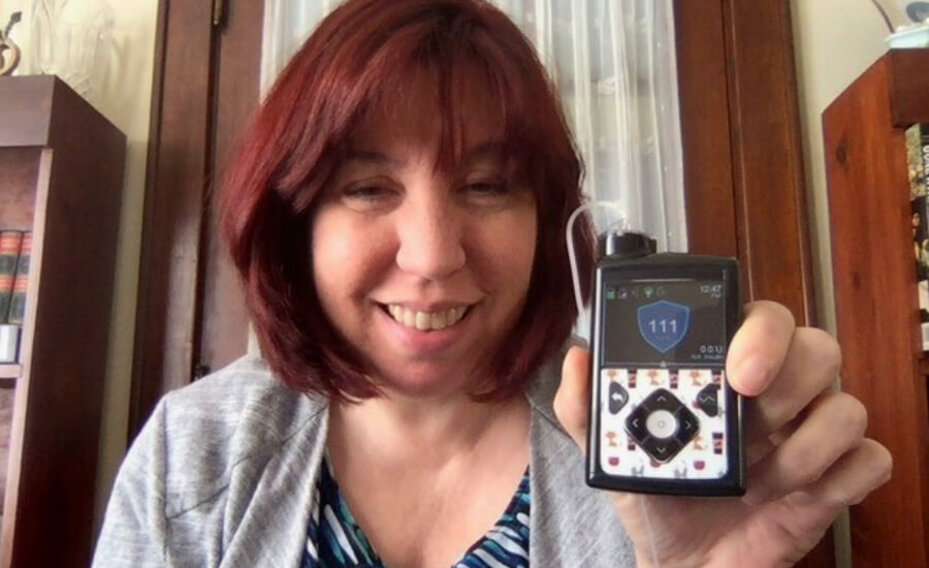5 Tips For A Smooth Transition To The Minimed 670g System
I recently switched to the MiniMed™ 670G system with SmartGuard™ technology, and I now trust that the system is working to help take care of me.
I spend less time correcting highs and lows and don’t have to look at my CGM graphs as often. The MiniMed 670G system is the next step along my journey and it’s making my diabetes life easier, but it came with an important learning curve in the beginning.
In the 10 years, I’ve been using an insulin pump, it’s always been from Medtronic. This pump with SmartGuard Automode technology is very different from my other pumps and it took some time for me to figure out how to make the most of it. Along the way, I learned quite a bit and I’m excited to share some of my top tips.
Talk to your healthcare team often! In the first couple of months, I uploaded to CareLink™ Personal software on a weekly basis and discussed the reports with either my pump trainer or my endocrinologist. They had wonderful advice for me and were essential in fine-tuning my settings. Now my blood sugar is almost always in range while I sleep and I spend a lot less time dealing with highs and lows throughout the day.
Expect your carb ratios and active insulin time to change…perhaps more than once. Using my old pump, I was certain my carb ratios and active insulin time were solid. Which they were…for that pump. I’ve come to realise that the MiniMed™ 670G system works differently, and so my settings are different as well. My mealtime boluses are bigger (which was weird for me at first.) And, I was bit hesitant, at times, when I saw how many units I’d be dosing. But, I trusted the system and new carb ratios—they work!
Pre-bolusing is more important than ever. If you used to pre-bolus on your old pump, you should probably continue on the MiniMed™ 670G system. For some reason, when I started on the new system I stopped pre-bolusing for my meals. I’m not sure why because the insulin I’m using in the new pump is the same. It still needs the same head start I gave it before meals.
Be careful not to overcorrect your low glucose. Lows are probably the area that has changed the most for me. I used to go low a lot – several times a week and sometimes several times a day. Since switching to the new system, the number of lows that I experience was immediately reduced and I find that I have more energy. I must have gotten so used to the lows that I didn’t realise how exhausting they are. And I’ve noticed that since I spend less time with low blood sugar, my hypoglycemia awareness has come back. In the past, my blood sugar had to be around 3.0 mmol/L (and sometimes around 2.5 mmol/L) for me to feel the symptoms.
Now, I feel a low come on right away, and on the odd occasion that I do have a low blood sugar, I’ve found that I need to eat fewer carbs to get myself back up into range. This is because as my glucose drops, the system gives me less insulin, so it takes fewer carbs to correct
And my best tip is…be patient! It takes time for this pump to learn your body. I knew that going in, but once I was on the system I found it really hard to let go and trust it to learn me. Patience is the key. Once I stopped sweating the small stuff and let the pump do its thing, I was amazed at how much less work it takes to manage my diabetes. It didn’t happen overnight. Each week things got a little bit better, and it took about three months before I felt like everything was in tune. Now I worry less about my diabetes and feel like Auto Mode has me running on auto-pilot!
Over the years with diabetes, I’ve progressed from urine testing and exchange diets, to finger sticks, carb counting and meal-time insulin, to CGMs and insulin pumps. Each one took time and adjustments, but they each made managing my diabetes a little bit easier. And now that I trust my MiniMed™ 670G system, it’s not my CGM alarms waking me up at night, it’s just my husband’s snoring…
